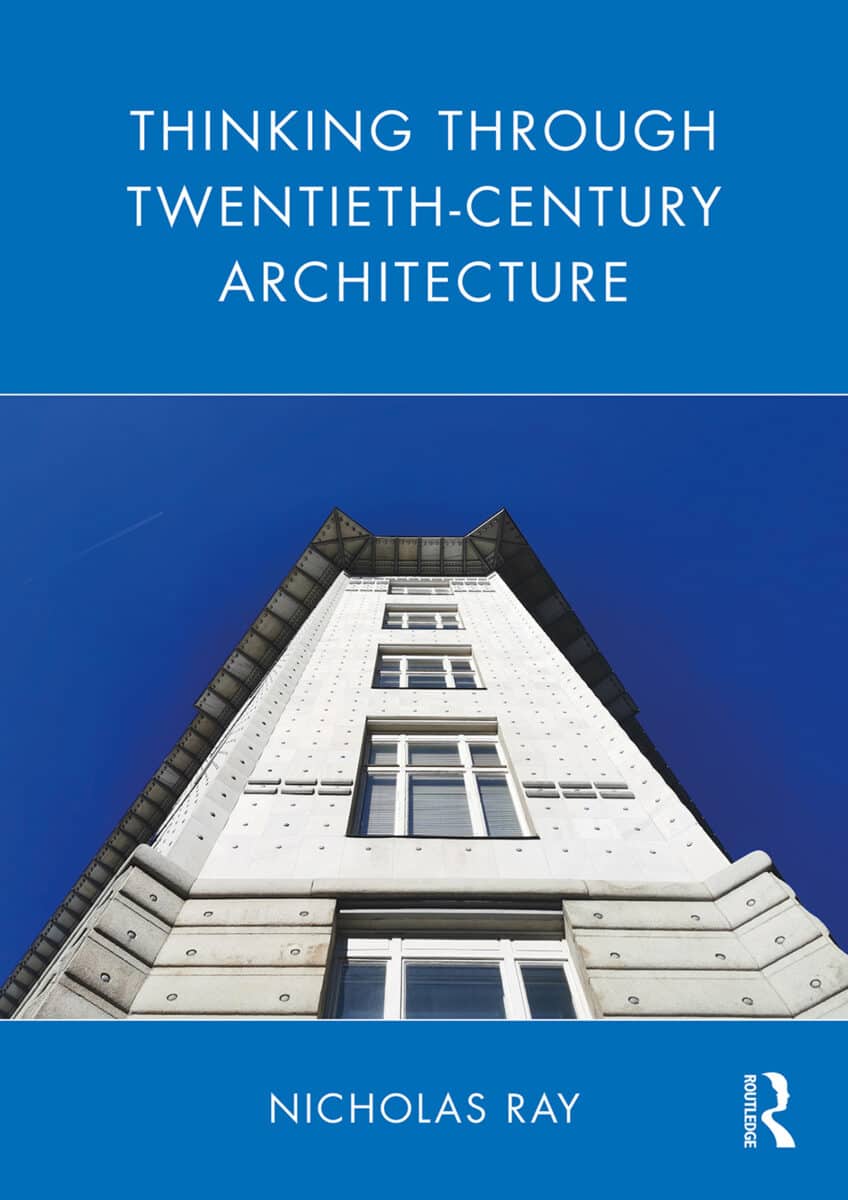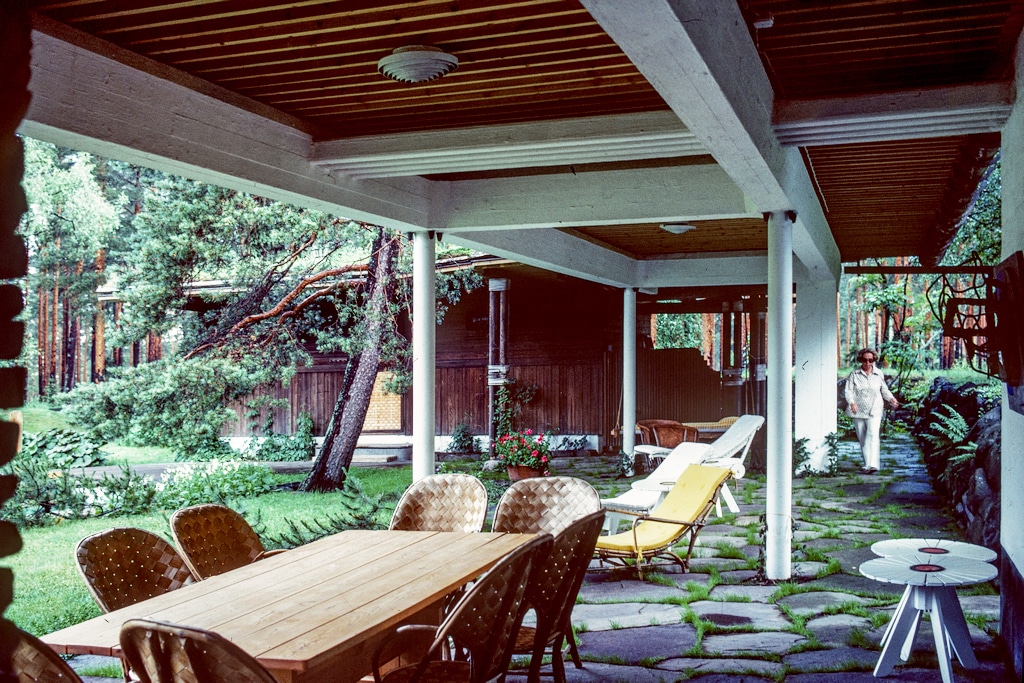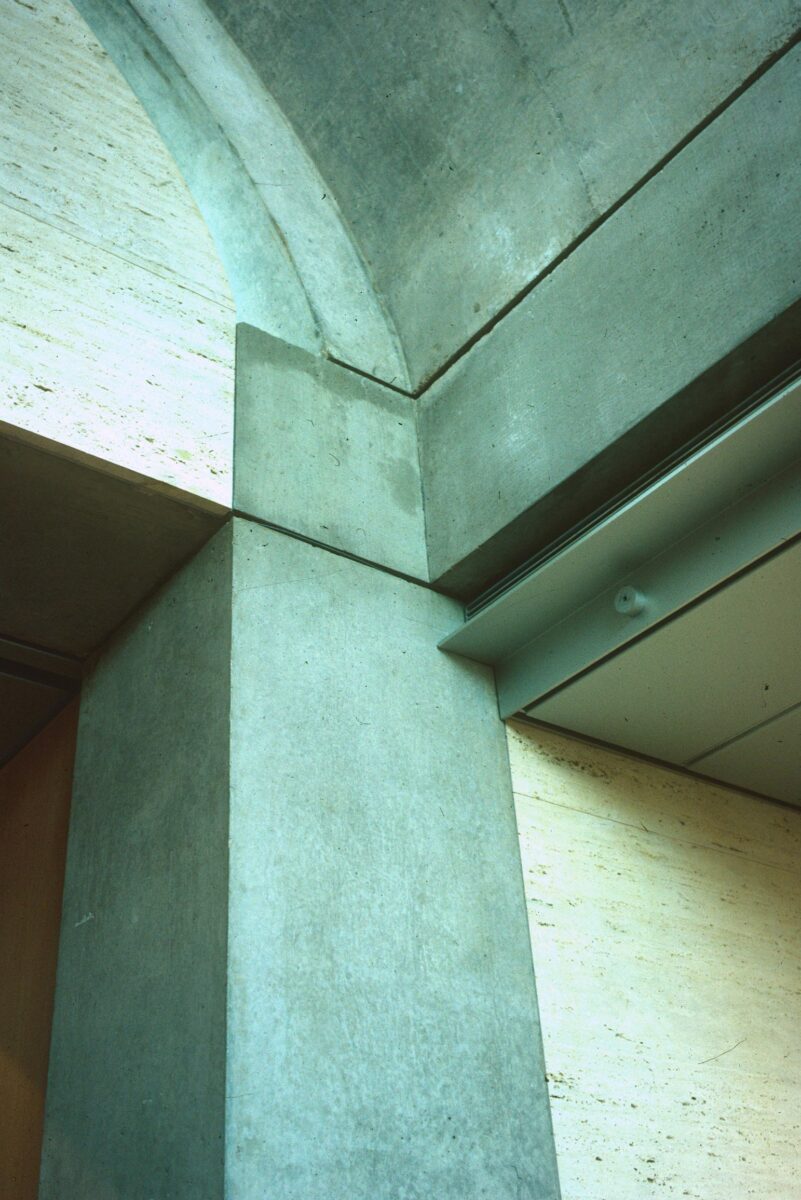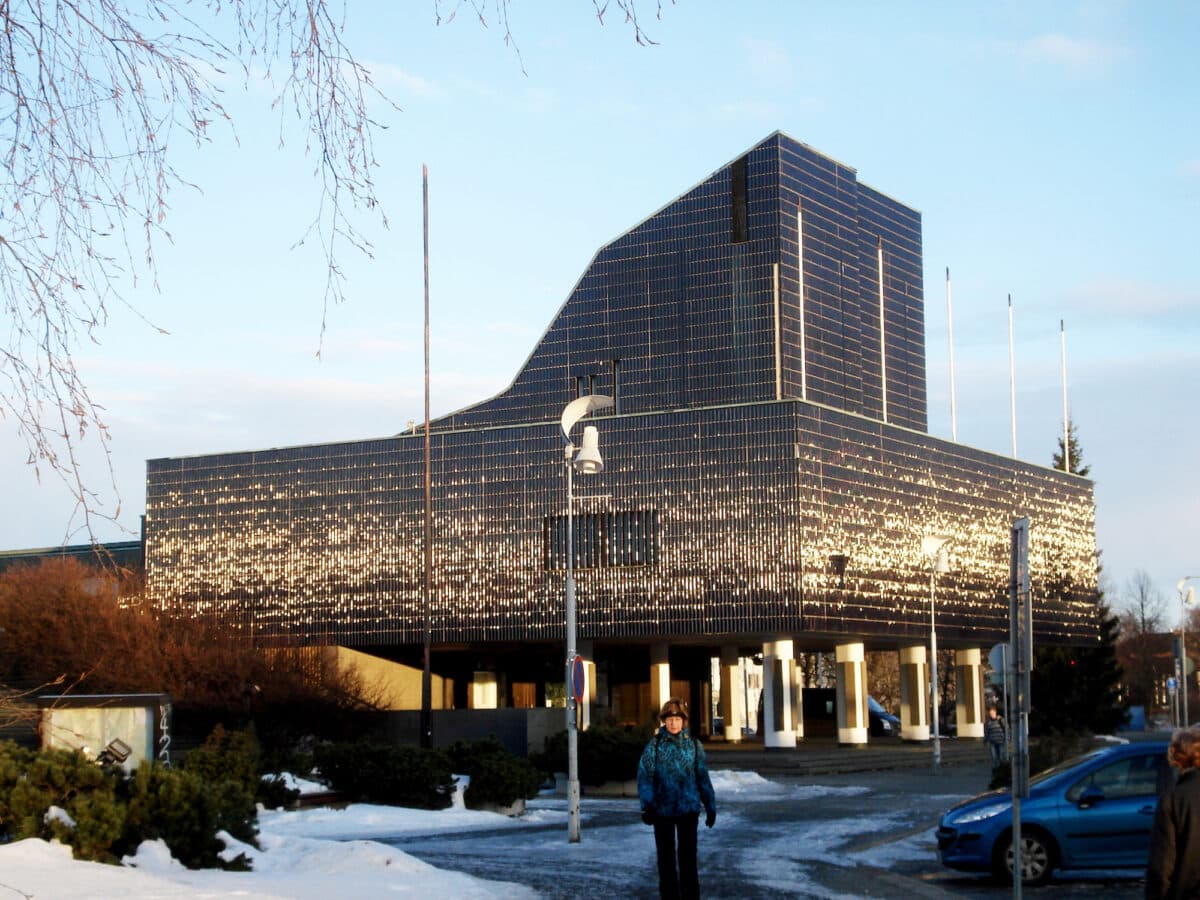Thinking Through Twentieth-Century Architecture (2023) – Review

Philosophy has long played an influential part in architectural practice and discourse. In the last twenty years, several new publications have started to trace the histories of this phenomenon. Some, like Branko Mitrović’s Philosophy for Architects (2011), lay out introductory surveys of major figures, works, and ideas at the overlap of both disciplines, spanning from Antiquity to today. Others, such as the 18 titles published since 2007 within the ongoing well-known series Thinkers for Architects, series edited by Adam Sharr, delve deeper into specific philosophers’ contributions to architecture. In 2014, architect Nicholas Ray collaborated with philosopher Christian Illies in Philosophy of Architecture, in which historical analyses ground original reflections on present-day issues that concern both architecture and philosophy. Ray has now released Thinking Through Twentieth-Century Architecture (2023), a compact history of Western modernist architecture where philosophy is promised an important role.

Chronology connects the chapters’ shifting focuses—on architectural movements, intellectual contexts, specific designers, general problematics, and personal reflections—into a comprehensive sequence of all the names and references one would expect to encounter. The book begins by examining the conditions for the rise of modernism in Europe and the USA, its development within the productive cultural tensions of Vienna’s fin-de-siècle, and its highpoint in the Bauhaus, CIAM, and Le Corbusier. On the margins of Western modernism, one finds the idiosyncratic cases of Alvar Aalto, Louis Kahn, and Team 10. Their mediatory critiques of modernism precede the more drastic reactions of Postmodernism, as those of Robert Venturi and Michael Graves, and the question of typology as posed by Aldo Rossi.

The bait that lures the reader into this otherwise familiar historiography is the approach that Ray proposes to adopt. His attention falls upon the thinking behind architects’ works, which is to say their theoretical stances and the intellectual schemas that shaped them, whether the actors themselves were aware of it or not. In this regard, philosophy represents both a crucial component to be studied and a means to bring these frameworks to the fore. ‘My thesis’, he states, ‘is that the practice of architecture and its critical understanding are dependent on views of the world that can be examined philosophically.’

Sure enough, the first chapter introduces the reader to a series of terms that shall purportedly recur thenceforth. Short encyclopaedic-like summaries outline the major branches of philosophy: logic, epistemology, ethics, aesthetics, and metaphysics; followed by a condensed rundown of notions like idealism, skepticism, nominalism, and pragmatism. However, the reader soon discovers that the importance of this demanding initiation is overstated. Philosophy appears shyly and seldom throughout the book, usually as an interesting but ultimately inessential afterthought. Since chapters tend to split architectural depictions from philosophical commentary on them, the latter rarely participate in the actual analytic process of the former. The concluding remarks, where philosophers’ insights are more consistently put to work, prove too brief and come too late to affect the chapters’ contents substantially. Nevertheless, moments such as the ethical critique of claims about architectural truthfulness, or the speculative interpretation of Aalto as a skeptic, or the explanations of philosophers’ insights, from Kant to Derrida, all enrich the author’s story even if they do not make it.

The main merits of the book lie elsewhere. Ray combines short biographies, project descriptions, historical contexts, and a panoply of secondary literature to present readers with the fundamentals of numerous architects’ works, their design principles, the larger architectural culture of their time, and the present relevance of their ideas. An abundance of representative images illustrates each step of the narrative like visual footnotes. The author does not pursue in-depth investigations, but rather lays out a broad panorama. He adverts to the superficialities and generalisations that come with this choice. They’re part of what renders his account so suitable for intermediate readers in need of connecting dots between authors, epochs, places, cultural milieus, and their place in a wider intellectual history, but also for the initiate for whom the dots are no more than what one needs to begin with.
The book is content to cover the twentieth century of the title from end to end without extracting any particular conclusion from it. The last chapter serves as an annex for various loose thoughts. These stem from what came before yet having little bearing on it, even when they could or even should. For example, the acute gender imbalance of the chosen protagonists, beyond what historical contingency entails, is addressed in a one-paragraph long section. Other issues such as racial inclusivity and sustainability are also highlighted yet ultimately receive little more attention. The brevity of these post-scriptuma condemns their contribution to a conscious acknowledgement of problems that they do not help correct. The author’s implicit self-critique sends an important sign to the reader though, encouragingly pointing towards where to go after the book’s last page has been turned. Unlike the many publications in the past few decades that confront these lacunae, Thinking Through Twentieth-Century Architecture will not reveal radically new stories nor bring forth neglected actors and designs that expand or challenge the canon. However, as a work that purports to articulate a history of Western modernist architecture, it fulfils its purpose by retelling a familiar story in an abridged and accessible yet intricate and informative way.
Nicholas Ray Thinking Through Twentieth-Century Architecture (2023) is published by Routledge. Copies of the book can be purchased here.
André Patrão is a postdoctoral fellow at the Yale School of Architecture.
* * *
In their own reading of Thinking Through Twentieth-Century Architecture, the editors of Drawing Matter enjoy the ambiguous status assumed by architectural drawings as crucial representations of both practice and theory, but not quite belonging to either. The text is illustrated throughout with photographs of the buildings themselves. Between these, there are many drawings. Some are ‘first thoughts’, some theoretical or explicatory diagrams, others again are analyses, drawn in retrospect; as one might expect, a few only are for presentation and none are for construction. By way of demonstrating this rich dance, we have included a PDF of two short sections of the book, one on CIAM and the city, and the other on Kahn’s Rochester Unitarian Church, here.
